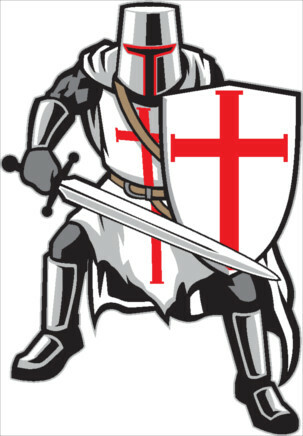O totalitarianism or totalitarian regime, was a political system that predominated mainly in the 20th century in European countries.
This term was used to refer to political regimes undemocratic, authoritarian, nationalists and militarists. Concentrating and controlling the power of the State, as well as the private life of the population.
Totalitarianism has the ability to exercise power in all spheres, with a leader or controlling political party, which supposedly acts for the benefit of the nation.
Characteristics of Totalitarianism
one-party system
It is the existence of a single party in the country. In this way, all other political parties are considered illegal. Such action deprives the rest of society of participating in political decisions.
leader worship
The image of the leader starts to be nurtured in a positive way. He is a figure who possesses all the qualities needed to move the nation forward. He sacrifices his private life for the sake of his homeland. His life is broadcast by all the media and publicized as an example.
Ideological control
Repressive bodies were created that punished anyone who tried to propagate ideas contrary to the regime. Some examples are the loss of political rights, political arrests, loss of jobs, among others.
education
They dictate the contents and how they should be worked with students in schools. They created booklets and regiments for children and youth in clubs and organizations that were places where the children received military training, swore allegiance to the leader and received instructions on the ideology followed by the State.
- Free Online Inclusive Education Course
- Free Online Toy Library and Learning Course
- Free Online Math Games Course in Early Childhood Education
- Free Online Pedagogical Cultural Workshops Course
Propaganda and Censorship
All means of communication were nationalized, that is, only what was authorized by the State could be publicized or transmitted. They associated the image of the leader with the State, stating that they were the saviors of the motherland against the “enemies” – the latter had its image deeply exploited by official propaganda. The aim was to control people's minds, depriving them of having contact with other eyes and ideas.
state interventionism
Control of the economy was in the hands of the state.
Militarism
Encouraging and exalting militarism with educational practices involving shooting classes and physical training was one of the ways to keep the population and citizens on their toes. It generates the desire to expand their territories.
Nationalism
Exaltation of “love” for the nation with an inclination towards extremism, as it even preached exclusion and persecution of other peoples.
use of terror
It was an effective weapon, as it frightened its opponents and aroused “terror” in the population.
maybe you are interested in:
- What is fascism?
- Fascism; what was it, where it occurred and main leaders
- The best movies to understand Nazism and the Holocaust
- Anne Frank: A Holocaust Victim
The password has been sent to your email.


